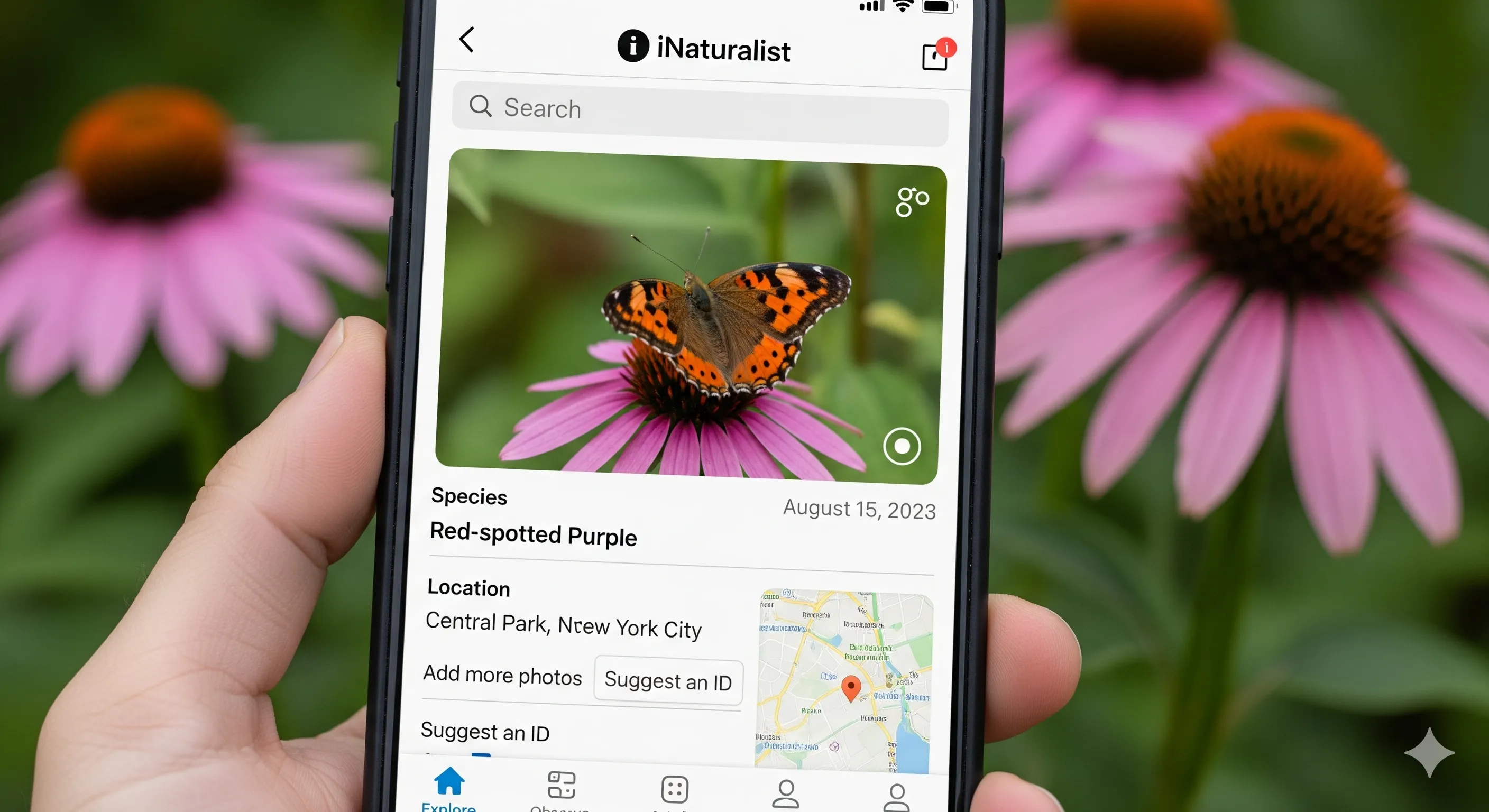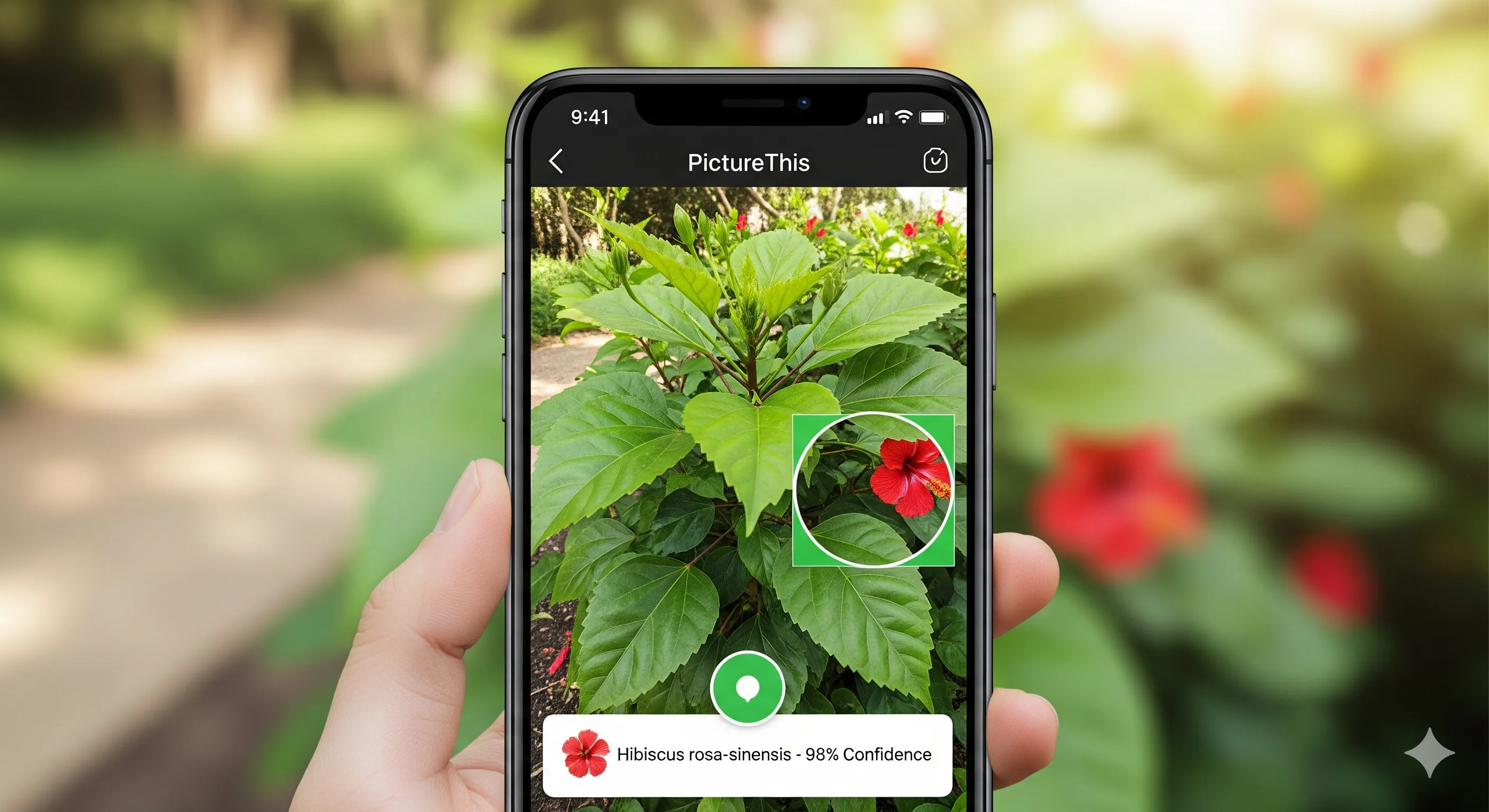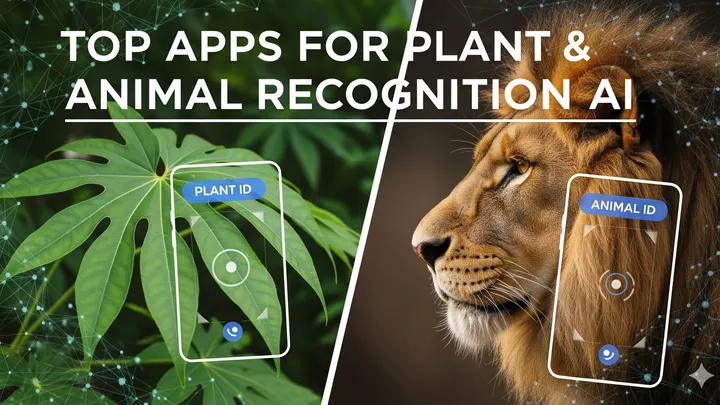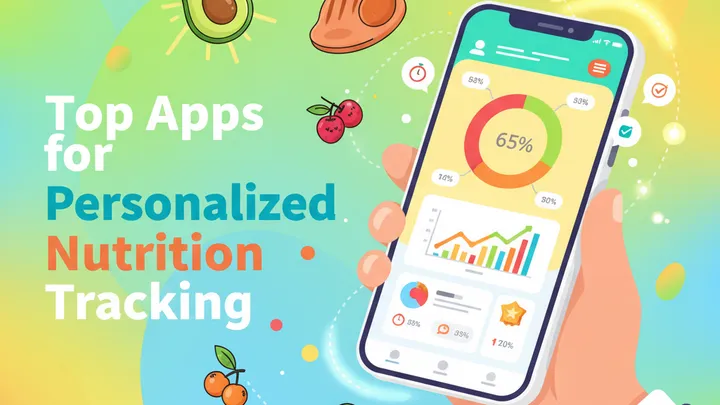In a world where technology continues to bridge the gap between humans and nature, AI-powered recognition apps have revolutionized the way we explore the outdoors. Whether you’re a gardener trying to identify a mysterious plant, a hiker curious about wildlife, or a student eager to learn about biodiversity, these apps turn your smartphone into a powerful nature guide.
Gone are the days of flipping through bulky field guides or searching endlessly online. With just a photo, plant and animal recognition AI apps can provide instant, accurate identification, complete with scientific names, habitat details, and fun facts. In this article, we’ll dive into the top apps for plant and animal recognition in 2025, exploring their features, benefits, and how they’re transforming our connection to the natural world.
1. PlantSnap – Instant Plant Identification
Why PlantSnap Stands Out
PlantSnap is one of the most popular apps for plant lovers, offering recognition for over 600,000 species worldwide. Whether it’s flowers, trees, succulents, or mushrooms, PlantSnap delivers fast and accurate results.
Key Features
- Database covering 200+ countries.
- Instant recognition through AI-powered image matching.
- Integrated gardening tips for home growers.
- Social sharing to connect with other plant enthusiasts.
Who Should Use It
Gardeners, botanists, and casual nature lovers will benefit from its massive database and user-friendly interface. Students can also use it for biology projects.
Why It’s Unique
PlantSnap not only identifies plants but also helps users learn how to care for them, making it a practical tool for both exploration and home gardening.
2. iNaturalist – Citizen Science in Your Pocket
Why iNaturalist Is Essential
Developed in collaboration with the California Academy of Sciences and National Geographic Society, iNaturalist combines plant and animal recognition with global community science. It’s not just about identifying species—it’s about contributing to biodiversity research.
Key Features
- AI-powered recognition for plants, animals, insects, and fungi.
- Community-driven verification by scientists and naturalists.
- Integration with global biodiversity databases.
- Ability to log sightings and contribute to citizen science projects.
Who Should Use It
Ideal for nature enthusiasts, hikers, educators, and anyone interested in contributing to scientific data collection.
Why It’s Unique
Unlike apps that only provide identification, iNaturalist creates a bridge between everyday users and professional researchers, making it one of the most impactful apps for biodiversity.

3. Seek by iNaturalist – Family-Friendly Nature Explorer
Why Seek Is Different
Seek is the gamified version of iNaturalist, designed especially for families and younger audiences. It makes exploring nature fun by turning species identification into a challenge.
Key Features
- AI-powered recognition of plants, animals, and fungi.
- Interactive challenges and badges for exploration.
- Family-friendly design with no need for account registration.
- Educational content linked to each identified species.
Who Should Use It
Perfect for families, kids, and beginner naturalists who want a fun, interactive way to learn about the natural world.
Why It’s Unique
Seek transforms learning into play, making it a fantastic tool for outdoor education, homeschooling, or family hikes.
4. PictureThis – The Smart Plant Doctor
Why PictureThis Is Popular
PictureThis is widely regarded as one of the most accurate plant recognition apps, with AI that can identify over 17,000 species and diagnose plant health issues.
Key Features
- Quick identification with high accuracy.
- Plant care tips and reminders.
- Disease and pest diagnosis for home plants.
- Growing advice tailored to your region.
Who Should Use It
Best for gardeners, plant parents, and hobbyists who want more than just identification—especially those who care about plant health.
Why It’s Unique
While most apps stop at recognition, PictureThis acts as a personal plant care assistant, making it invaluable for maintaining healthy houseplants and gardens.

5. Merlin Bird ID – For Bird Enthusiasts
Why Merlin Bird ID Is a Must-Have
Developed by the Cornell Lab of Ornithology, Merlin Bird ID is designed specifically for bird lovers. Instead of general wildlife recognition, it focuses on birds, offering unmatched accuracy.
Key Features
- Photo and sound-based bird identification.
- Guides for thousands of bird species worldwide.
- Offline packs for birdwatching without internet.
- Bird call recordings for better recognition.
Who Should Use It
Birdwatchers, hikers, and travelers will find it particularly useful. Students and researchers studying ornithology can also rely on its data.
Why It’s Unique
Merlin stands out because of its audio recognition feature, letting users identify birds by their calls—a game-changer for birding enthusiasts.
6. Google Lens – All-in-One Recognition
Why Google Lens Belongs Here
While not exclusively designed for plants and animals, Google Lens offers surprisingly accurate recognition across a wide range of species. It’s an excellent all-purpose tool for explorers who want versatility.
Key Features
- Plant and animal recognition alongside objects, text, and landmarks.
- Integration with Google Search for in-depth information.
- Real-time translation and scanning features.
- Free and pre-installed on many devices.
Who Should Use It
Anyone who wants a multipurpose recognition tool that works beyond just nature. Travelers and students benefit from its wide functionality.
Why It’s Unique
Its versatility sets it apart—Google Lens isn’t only a nature app but an all-around smart assistant. For those who want one app that does everything, it’s a strong choice.

Benefits of Using Plant & Animal Recognition Apps
1. Enhancing Education
These apps make learning interactive. Students can identify species during field trips and instantly access reliable data, improving engagement with biology.
2. Encouraging Outdoor Exploration
For children and adults alike, apps like Seek and iNaturalist gamify outdoor experiences, encouraging people to step away from screens and connect with nature.
3. Supporting Conservation Efforts
By contributing sightings to citizen science platforms, users help researchers track species distribution and monitor endangered wildlife.
4. Simplifying Gardening & Plant Care
Apps like PictureThis and PlantSnap empower gardeners to not only identify plants but also keep them healthy with tailored advice.
5. Making Nature Accessible to All
Even those without a biology background can now identify and learn about species instantly, lowering barriers to environmental education.
Tips for Getting the Best Results
- Use Clear Photos – Take close-up shots with good lighting for more accurate AI recognition.
- Experiment with Angles – Capture leaves, flowers, or bark (for plants) and different body parts (for animals).
- Enable Location Services – Many apps cross-check species with regional databases to improve accuracy.
- Verify Results – When possible, cross-check with multiple apps or communities to confirm identification.
- Engage With Communities – Join iNaturalist or similar platforms to share knowledge and learn from experts.
The Future of AI in Nature Recognition
The next generation of recognition apps will integrate AI, AR, and machine learning even more deeply. Imagine pointing your phone at a forest and receiving real-time overlays that identify every plant, bird, or insect in sight. Future developments may also include:
- AR-enhanced field guides with interactive overlays.
- AI-powered conservation alerts, notifying users about endangered species nearby.
- Voice assistants that describe wildlife in real-time.
- Crowdsourced biodiversity mapping for global environmental protection.
As AI continues to advance, the line between human curiosity and scientific discovery will blur, allowing everyone to become a citizen scientist.
Conclusion
In 2025, exploring nature has never been easier thanks to AI-powered plant and animal recognition apps. From the comprehensive databases of PlantSnap and PictureThis to the community-driven iNaturalist and the specialized Merlin Bird ID, each app offers unique strengths for different users.
Whether you’re a gardener, student, hiker, or birdwatcher, these tools put the wonders of biodiversity in your pocket. By combining convenience, education, and conservation, they’re helping us reconnect with the natural world in meaningful ways.
As technology and AI continue to evolve, the future promises even more immersive and intelligent tools, ensuring that our journey of discovery with nature is only just beginning.

















